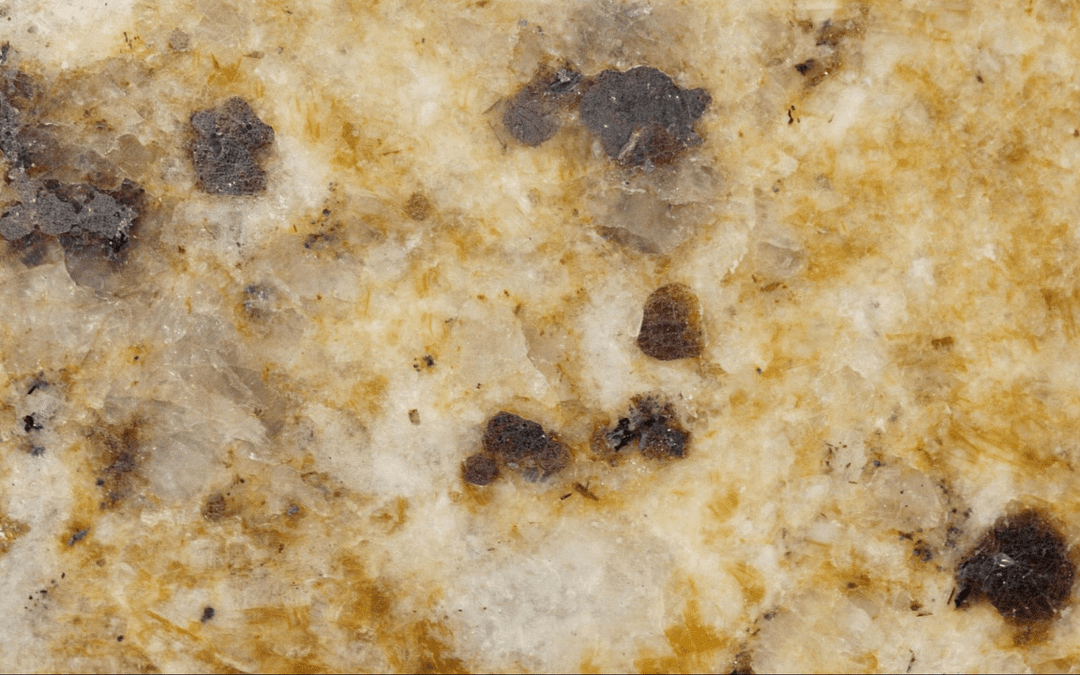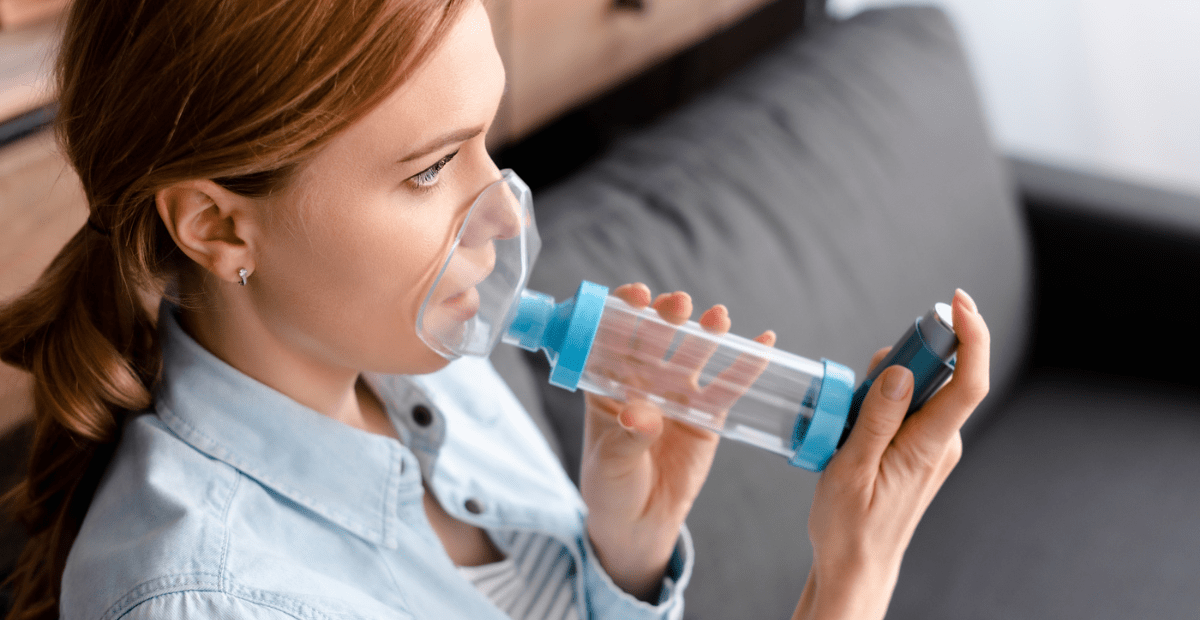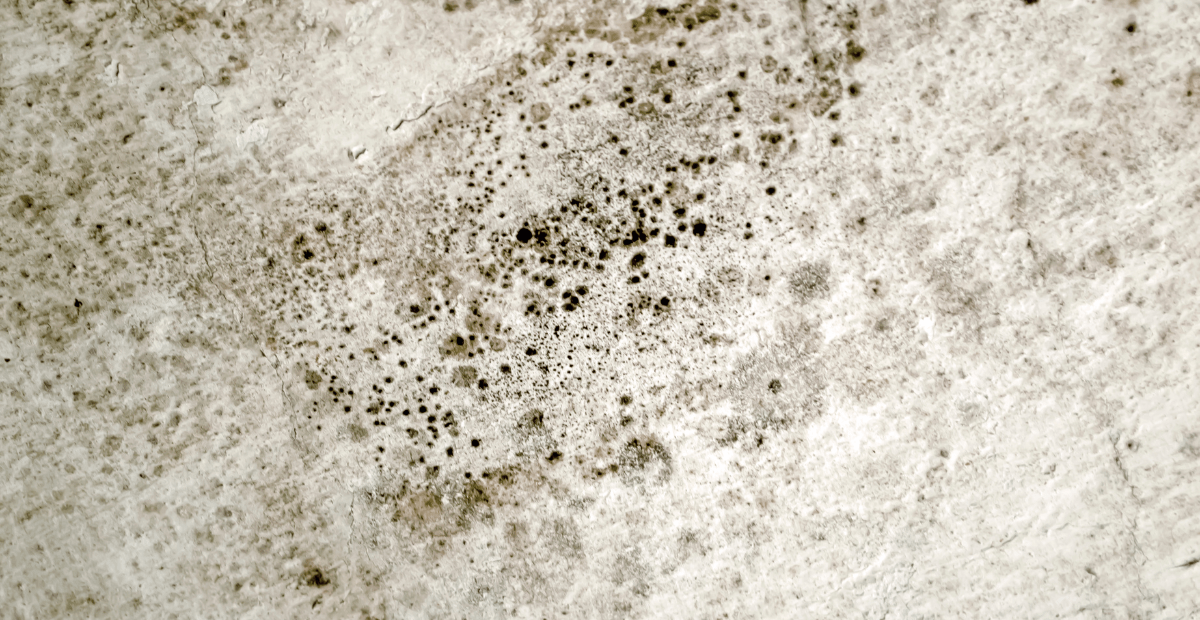
Beware of Mold Disease: Protecting Your Health and Home
Do you know what mold disease is? Have you ever wondered about the health risks of mold exposure? Let’s uncover the truth behind mold-related illnesses, their symptoms, and most importantly, how you can prevent and treat them. Mold may seem harmless, but it can wreak havoc on your health and your home if left unchecked.
What exactly is Mold Disease?
Mold disease, also known as mold-related illness, refers to health problems caused by exposure to mold and its spores. Mold thrives in damp and humid environments, making our homes and workplaces potential breeding grounds for these unseen invaders. But what makes mold so dangerous?
- Health Risks: Mold can produce allergens, irritants, and even toxic substances known as mycotoxins. When inhaled or touched, these substances can trigger a range of health issues, from mild allergies to severe respiratory problems.
Symptoms of Mold Disease
Do you ever experience unexplained coughing, wheezing, or skin irritation? These could be signs of mold-related illness. Here are some common symptoms to watch out for:
- Respiratory Issues: Persistent coughing, wheezing, and shortness of breath.
- Skin Irritation: Itchy skin, rashes, or hives, especially in areas exposed to mold.
- Nasal Congestion: Stuffy or runny nose, sneezing, and sinus headaches.
- Eye Irritation: Watery, red, or itchy eyes.Prevention is Key
The good news is, you can take steps to prevent mold disease and protect your loved ones. Here’s how:
- Keep it Dry: Regularly check for leaks and fix any water damage promptly. Moisture is mold’s best friend, so keep your home dry and well-ventilated.
- Clean Regularly: Dust and vacuum your home often to remove mold spores and prevent them from settling in.
- Monitor Humidity: Use a dehumidifier to maintain indoor humidity levels below 50%, especially in damp areas like basements and bathrooms.
- Ventilation is Vital: Ensure proper air flow in your home by using exhaust fans in kitchens and bathrooms and opening windows when weather permits.
Treatment Options
If you suspect mold-related illness, don’t ignore it. Seek medical attention and consider these treatment options:
- Medication: Your doctor may prescribe antihistamines, decongestants, or corticosteroids to alleviate symptoms.
- Allergy Shots: Immunotherapy can help desensitize your body to mold allergens over time.
- Environmental Remediation: Professional mold removal services can identify and eliminate mold sources in your home, restoring indoor air quality and safeguarding your health.
The Dangers of Toxic Mold
Have you heard of black mold? It’s one of the most notorious types of toxic mold, known scientifically as Stachybotrys chartarum. Exposure to black mold can lead to severe health complications, including:
- Respiratory Problems: Chronic coughing, asthma attacks, and even pulmonary hemorrhage in extreme cases.
- Neurological Symptoms: Headaches, dizziness, and memory loss.
Conclusion
Mold disease is a serious threat to your health and well-being, but with awareness and preventive measures, you can minimize the risks. Don’t let mold take control of your home or your health. Stay vigilant, keep your living spaces clean and dry, and seek professional help if needed. Remember, a healthy home is a happy home. Take action today to protect yourself and your loved ones from the dangers of mold disease.


